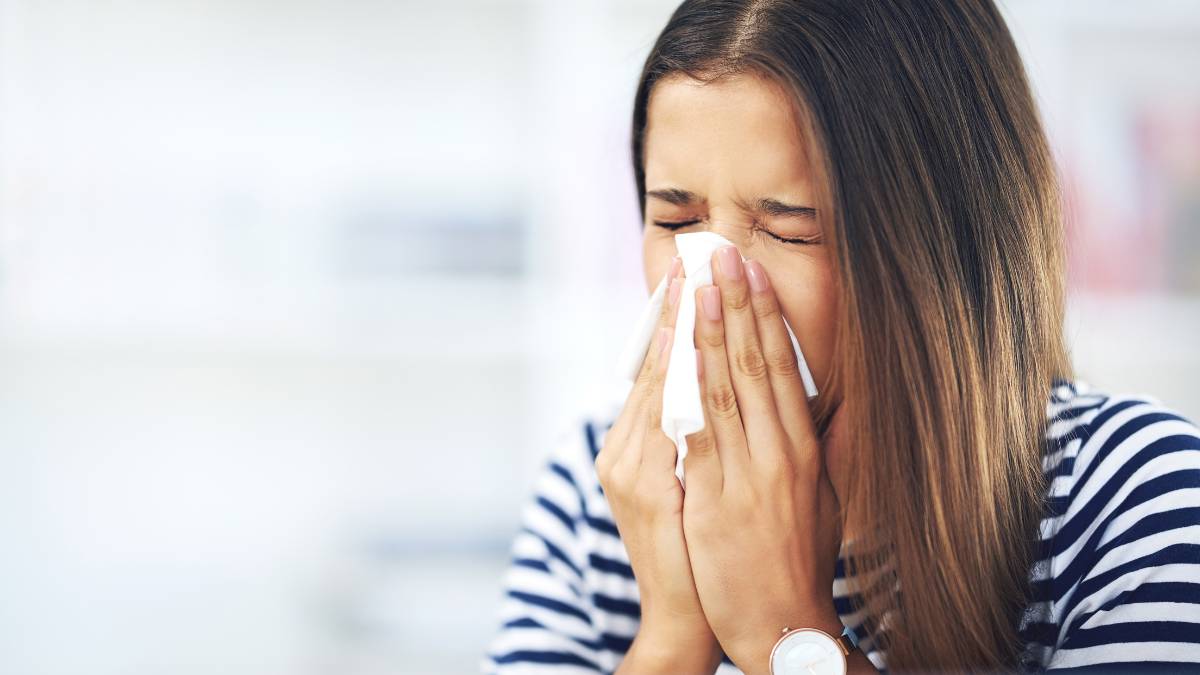Last Updated on February 9, 2024 by Kravelv Spiegel
For individuals battling allergies, the home should be a haven free from triggers that exacerbate symptoms. Heating and cooling systems are pivotal in creating a comfortable indoor environment. This comprehensive guide explores vital considerations and solutions to ensure that heating and cooling systems contribute to the well-being of allergy sufferers.
Understanding Allergies and Indoor Triggers:
Common Allergens:
Identifying common indoor allergens such as dust mites, pet dander, mould, and pollen is crucial in designing effective heating and cooling strategies.
Impact of Temperature and Humidity:
Acknowledging the influence of temperature and humidity on allergen levels helps craft an environment that minimizes triggers.
Heating Solutions:
Regular HVAC Maintenance:
Regular HVAC maintenance, including filter replacement and system cleaning, is crucial to warding off allergens buildup within heating systems. For residents in the Los Angeles area seeking professional assistance, prioritizing HVAC maintenance Los Angeles ensures a cleaner and healthier indoor environment, minimizing the impact of allergens on overall well-being.
Consideration for Ductless Systems:
Ductless heating options minimize the potential for allergen buildup in ductwork, providing a cleaner and more allergy-friendly solution.
Cooling Solutions:
Air Purification Systems:
Integrating air purifiers into cooling systems helps filter out allergens, providing cleaner and healthier air for allergy sufferers.
Smart Thermostats:
Smart thermostats with humidity control capabilities aid in maintaining optimal indoor humidity levels, reducing the likelihood of mould growth.
Choosing Allergy-Friendly Materials:
Ventilation Systems:
Opting for ventilation systems that allow fresh air exchange without bringing in outdoor allergens contributes to a healthier indoor environment.
HVAC Filters:
Selecting high-efficiency HVAC filters designed to capture smaller particles ensures effective allergen removal.
Maintaining a Clean Indoor Environment:
Regular Cleaning Practices:
Embracing regular cleaning practices, including dusting, vacuuming with HEPA filters, and washing bedding, reduces allergens in living spaces.
Consideration for Flooring:
Choosing flooring options that are easy to clean and less likely to harbour allergens, such as hardwood or laminate, contributes to a healthier home.
Outdoor Allergen Management:
Landscaping Choices:
Thoughtful landscaping choices, including selecting low-allergen plants, help minimize outdoor allergens from entering the home.
Effective Sealing:
Ensuring proper sealing of windows and doors prevents outdoor allergens from infiltrating indoor spaces.
Consulting with HVAC Professionals:
Customized Solutions:
Seeking advice from HVAC professionals allows for implementing customized heating and cooling solutions tailored to the specific needs of allergy sufferers.
Efficient Allergy Management:
Experts in the field can provide valuable insights into cutting-edge HVAC technologies and solutions designed to oversee indoor air quality effectively, fostering a healthier living environment. For those seeking professional guidance, exploring options for furnace repair near me ensures access to knowledgeable professionals who can optimize indoor air quality solutions based on specific needs.
Conclusion:
Creating a comfortable living space for allergy sufferers involves a holistic approach encompassing heating and cooling systems, indoor materials, and regular maintenance practices. By understanding the impact of temperature, humidity, and allergens on indoor air quality, individuals can make informed decisions and implement effective strategies to ensure a home that supports overall well-being. With thoughtful choices and the guidance of HVAC professionals, allergy sufferers can enjoy a space that prioritizes health and comfort.

